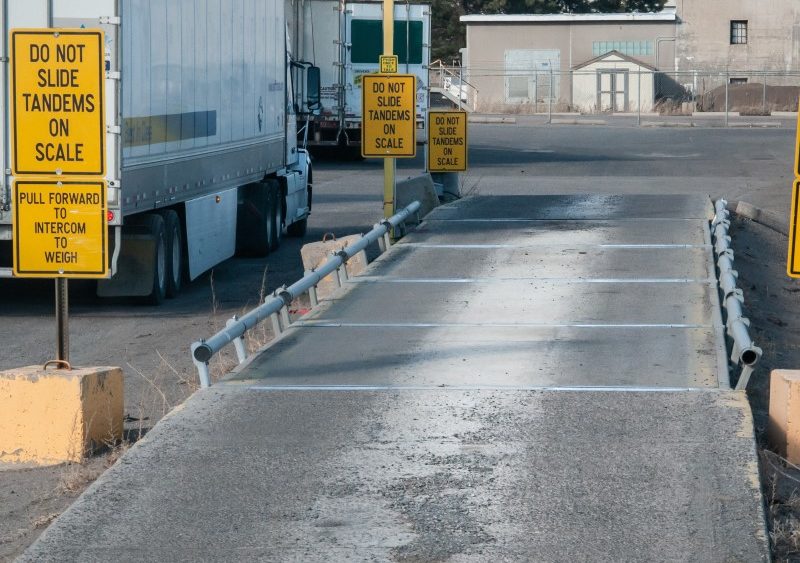Weighbridges are a crucial part of the transport industry, and therefore, any industry that engages with transport. They’re used to ensure transparency in the supply chain, make sure customers receive what they’ve paid for, and make sure trucks aren’t overloaded.
Overloading trucks present a safety risk, adds more strain to vehicles, and results in heavy fines. However, there are many different types of weighbridges. Today we’re going to look at the key differences between concrete and steel weighbridges, so you can determine which is best for your operation.
Concrete vs steel weighbridges
Every facility is different, which is why there’s no right or wrong answer when it comes to choosing a weighbridge. It’s about finding the one that’s right for your business. Here are some of the key considerations and differences between concrete and steel.
Installation
If getting your weighbridge up and running quickly is a big concern, then steel is always going to be your best option. Steel weighbridges are made to specification off-site, meaning they can be installed and calibrated in one day. Concrete weighbridges, on the other hand, can take a month. While the unit can be installed reasonably quickly, it takes around 3-4 weeks for the concrete to cure, and only at this point can the weighbridge be calibrated.
Relocation
Depending on your site, it may be necessary for you to move your weighbridge at a later date. This is often common with construction and civil work crews because weighbridges are somewhat of a temporary commodity until the job is done. For permanent facilities, this may not be as much of a concern.
In short, concrete weighbridges are much heavier than their steel counterparts, meaning steel is the most practical and portable should you need to relocate the unit.
Longevity
In permanent settings where you don’t envisage ever moving the weighbridge, you want the material that will last the longest. While steel weighbridges are usually rated to handle just as much weight as concrete ones, they generally won’t last as long. Because concrete is much heavier, it offers better load distribution and is less susceptible to wear and tear. In general terms, you can expect a 5-7 year longer lifespan from a concrete weighbridge.
Cost
Cost is all-important for any business, but there isn’t much difference between steel and concrete weighbridges in this area. However, you should consider resale if your weighbridge is a temporary commodity. Steel is much easier to move, therefore easier to sell if this is a consideration for you.
Performance in all weather conditions
Naturally, most weighbridges are outdoors, so they need to perform in all sorts of weather conditions. Fortunately, both steel and concrete perform quite similarly. Steel is slipperier than concrete, but most steel weighbridges have treads added to increase traction. The only real difference here is if there is a lot of foot traffic walking over your weighbridge, concrete is a safer choice, resulting in fewer slips.
NWI Group specialises in all types of weighbridges. If you need concrete or steel weighbridges for your facility, we’d love to talk to you about your options. Contact NWI Group today, and we’ll help you make the right decision.



Comments are closed.